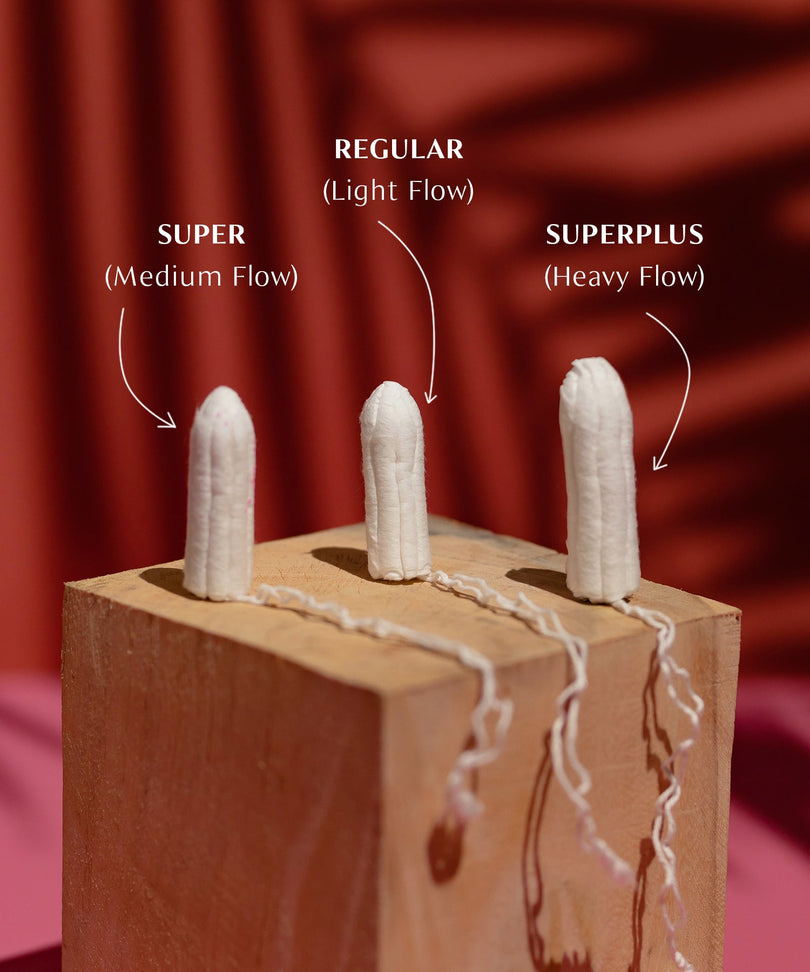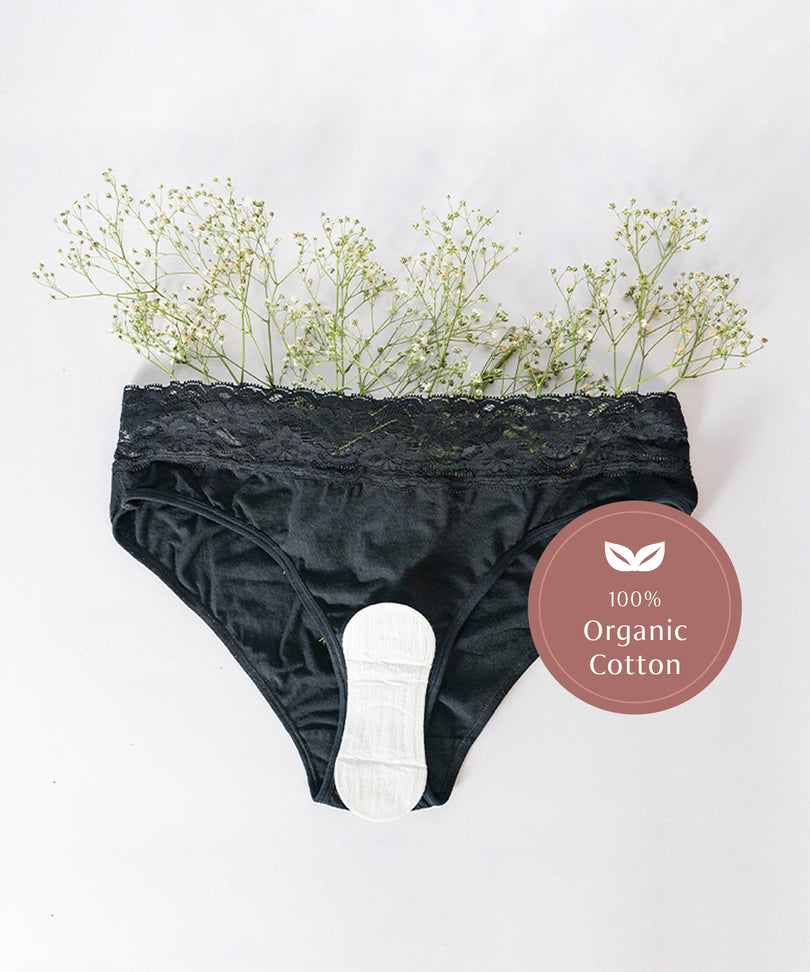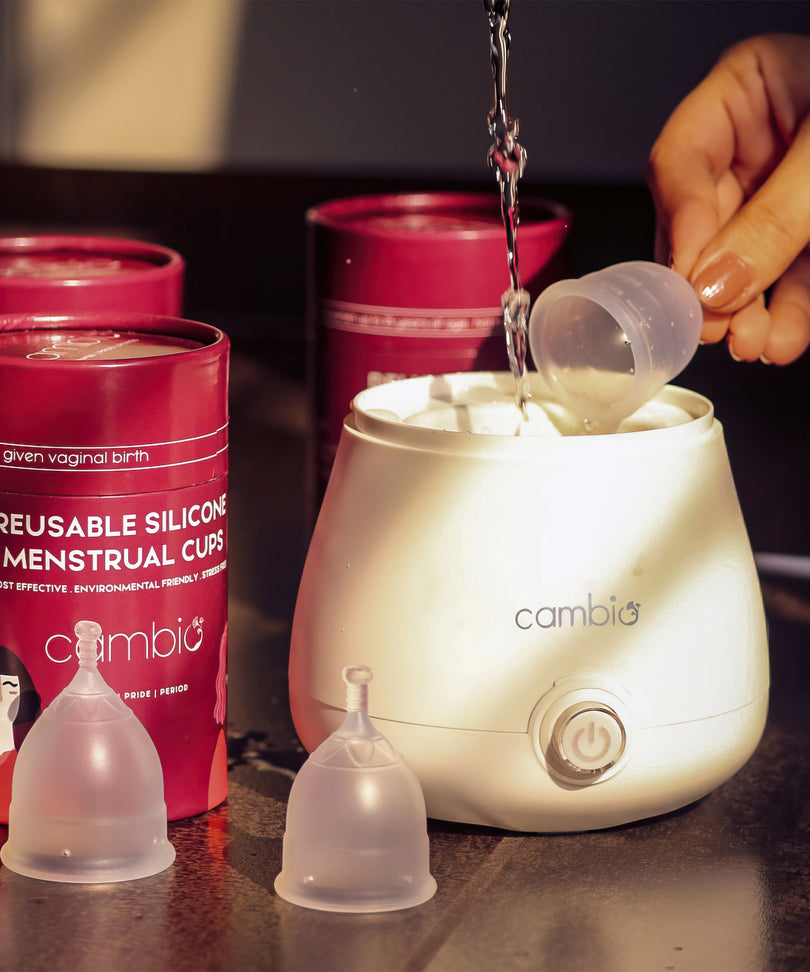What do you think of when you picture someone meditating? Do you get the image of someone sitting on the floor in a cross-legged position? Maybe they have their hands on their knees in mudra. Are there candles lit in front of the person?
This image of meditation is highly promoted by the media, pop culture, and films. However, there is no single “correct” way to meditate, and your meditation practice can be entirely unique to your situation and preferences.
Meditation is a set of body-mind practices in which one focuses their attention on specific thoughts, experiences, and sensations, tracking one’s physical and emotional states.
A consistent meditation routine can unlock long-term health benefits such as decreasing stress and feelings of anxiety, improving breath capacity and decreasing pain.
How Does Stress Affect Menstruation?
High stress levels facilitate the release of cortisol - the stress hormone, which can deter the hypothalamus from sending signals to the ovaries to produce eggs. The dysfunction in the ovaries can lead to lower estrogen levels and missed periods due to anovulation. High stress can also worsen period cramps, causing severe pain during menstruation.
Mindfulness and Meditation Techniques
To combat stress and reduce period pain, you can try the following techniques and continue with the ones that you can practice regularly and offer you the most relief:
-
Guided Meditation - Guided meditation sessions are probably the most welcoming gateway into developing a meditation practice. The cues from the recordings can guide your focus and help you channel your attention as your mind wanders off from time to time. You can use apps such as Headspace or find recordings on different online platforms.
-
Deep Breathing Exercises - These involve taking in deep breaths into your diaphragm and slowly exhaling through the mouth. You can learn to channel your breath into different parts of the abdomen and be aware of how your body feels as you inhale, hold your breath and exhale for different durations. These help improve your breath capacity and can reduce muscle tension.
-
Mindfulness Exercises - Mindfulness involves paying attention to your surroundings, experiences and sensations in your body while doing a certain activity. This can be done while eating as you savour each bite as you chew your food, noting the food’s texture and flavours and how it feels as it enters your stomach. You can also go for a walk and notice the sights around you and the sensations in your body as you walk on different surfaces.
-
Visualisation - This technique involves visualising optimistic and goal-based scenarios, which can reduce anxiety levels and put scenarios into a larger perspective. You can imagine yourself actively playing your favourite sports, or doing your favourite activity with your friends outside of the house when dealing with period pain. You can also imagine yourself succeeding in your career goals to help yourself get tasks done when going through periods.
-
Body Scan Meditation - This involves a sequential focusing of your attention on different parts of the body. You can start from your toes and move upward to your head. You can take note of any areas in which you experience any pain, stiffness or discomfort and make an effort to consciously release the discomfort.
-
Chanting - You can repeatedly chant “Om” or your favourite shlokas, maintaining a steady and consistent pitch and noting how the chants feel in your throat, chest and diaphragm.
Also read - Best exercises to relief pain during period
Benefits of Meditation
-
Lowers Stress Levels - A consistent practice can help reduce stress levels through both physiological and emotional cues. Lower stress means more regular periods, with less cramps.
-
Relaxes Muscles - Meditation promotes muscle recovery and soothes sore muscles. If your pelvic floor and lower abdomen are aggravated during periods, meditation can help reduce soreness.
-
Reduces Pain - Meditation can help reduce pain as well as draw attention away from the pain you experience.
-
Improves Attention Span - By training yourself to be mindful to a specific thought or feeling, you improve the amount of time you are able to stay focused without getting distracted.
-
Improves Mood - Meditation often helps calm you down and alleviates feelings of anxiety or nervousness.
Also read - Yoga for irregular periods
Mindfulness as a Daily Practice
Mindfulness is not only a form of meditation but also an approach towards life. There is an opportunity to practice being mindful in everything you do. Your mindfulness practice doesn’t have to be limited to the first 10 minutes of your morning but can also be incorporated into your daily activities. This is an especially helpful approach if you feel you’re too busy to make separate time to meditate.
Tips to Start a Meditation Practice
-
Add it into your routine - Set time aside for meditation at the same time everyday, whether it’s first thing in the morning, just after a meal, or before going to sleep. This will help you build consistency and make meditation a part of your daily routine.
-
Use a mobile app - Guided meditation apps like Headspace can offer a lot of helpful programs to get you started if you’re unsure of how to meditate on your own.
-
Stay present during every activity - Every meal you eat, every step you take, every time you stretch your body, every time you take a deep breath, these are all opportunities to get to know your body and your surroundings better. Take every opportunity you get to improve your presence of mind and watch your stress levels and pain diminish over time!
More to read
Can you do kapalbhati during periods?
Can you do yoga with a menstrual cup?









